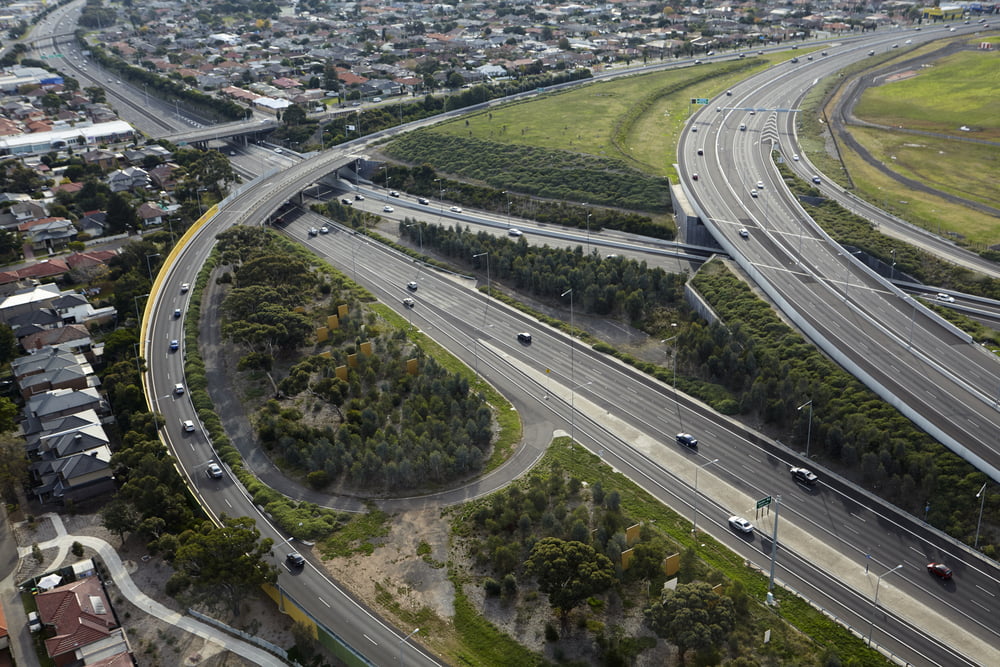
Imagine if potholes never got filled, bridges weren’t maintained, streetlights weren’t fixed and there was no such thing as a sewage system. These are all assets, and thankfully there are professionals who manage and maintain these assets to ensure they are safe, protected from damage, changing climate conditions, and ensure they are performing at an optimum capacity. Failure to do so results in asset failure whereby there is little-to-no return on investment, the safety of the public is jeopardised, and assets need to be rebuilt earlier to significant taxpayer cost.
Governments are investing in infrastructure, however there is no clear strategy in place to manage these projects after the construction phase. I believe we need a shift in mindset around infrastructure development – from a short-term view focused on construction completion, to one that considers the health and sustainability of the asset into the future.
This requires the investment in the education of asset managers to ensure there are enough professionals with the right skills and capabilities to successfully manage existing and future assets. This is further exasperated by Australian Local Governments experiencing well documented skills shortages[1] in relevant professions such as engineering, asset management and planning.
We need a national plan to ensure infrastructure delivers the greatest return – not only for today’s taxpayer but also for future generations. This is currently being done around the world. For example, the Canadian Government has developed a highly successful program that provides a strong roadmap for investing in workforce capability that ensures assets can be managed optimally.
A Canadian Success Story
The Canadian Federal Government is in the middle of a long-term funding initiative aimed to build the country’s asset management capabilities for the purpose of ensuring greater long-term success to infrastructure projects. The CAD$110 million initiative, the Municipal Asset Management Program (MAMP), is in its sixth year and is scheduled to run until 2023-24.
The purpose of MAMP is to provide funds for training and resources for Municipal-employed Asset Managers to empower them to make better-informed infrastructure investment and management decisions. This is achieved by supporting the development of an organisational approach to asset management plans, policies, strategies, training and resourcing.
The funding is being delivered by the Federation of Canadian Municipalities (FCM) and is being measured with a tool known as the Asset Management Readiness Scale (AMRS). This scale allows organisations to assess their overall asset management practices and programs against a set of internationally regarded criterium.
Last year’s results were eye-opening, of the 165 municipal asset management projects completed since MAMP’s inception, 138 (84%) successfully advanced along the scale. This is a huge success for the municipalities and their citizens, as teams were able to demonstrate improvement of their practices and outcomes learnt from the training provided.
Of the municipalities who’ve received the MAMP funding, one of the key areas they advanced in was their data and information competency, with 65% advancing along the scale. This means the way municipalities process and analyse information about existing assets dramatically improved. This results in higher levels of visibility into the issues of their assets, which results in better and more informed decision making.
Education is a significant part of MAMP with a focus on upskilling those currently in the industry to improve their asset management practices. Training programs have been rolled out at municipalities to ensure their teams have the specialised skill set required to understand the foundations of asset management and are able to confidently execute this knowledge. IPWEA’s Professional Certificate in Asset Management Planning, which was designed in Australia, is a key program of MAMP; it was also translated into French to ensure accessibility to all Canadians.
MAMP has delivered high benefits to municipalities already and is set to continue supporting them to improve their levels of service assessment and risk analysis. This means current and future projects will be able to deliver strong returns on investments for years to come.
Replicating success back home
The Municipal Asset Management Program (MAMP), is extensive in terms of budget and strategy, ensuring all infrastructure projects are set up for success by having properly trained people and resources. The Canadian Government’s commitment to infrastructure and the asset management profession proves how vital and specialised it is to the project lifecycle.
Sporadic investment in asset management is being done in Australia by local and state governments, however, a national program has not yet been developed. The benefits of a national program are clear: cohesion across the country, equal access to advanced education and skill development, and a clear pathway to directly addressing the national skills shortage.
It’s time for the Australian Government to consider introducing a similar program to the MAMP nationally to ensure local governments have the right resources and skills to maximise the capacity and lifespan of all infrastructure assets going forward.
[1] https://lgnsw.org.au/common/Uploaded%20files/Submissions/2021/Draft%20Submission_%202021-2022_State_Budget_03-05-2021.pdf










